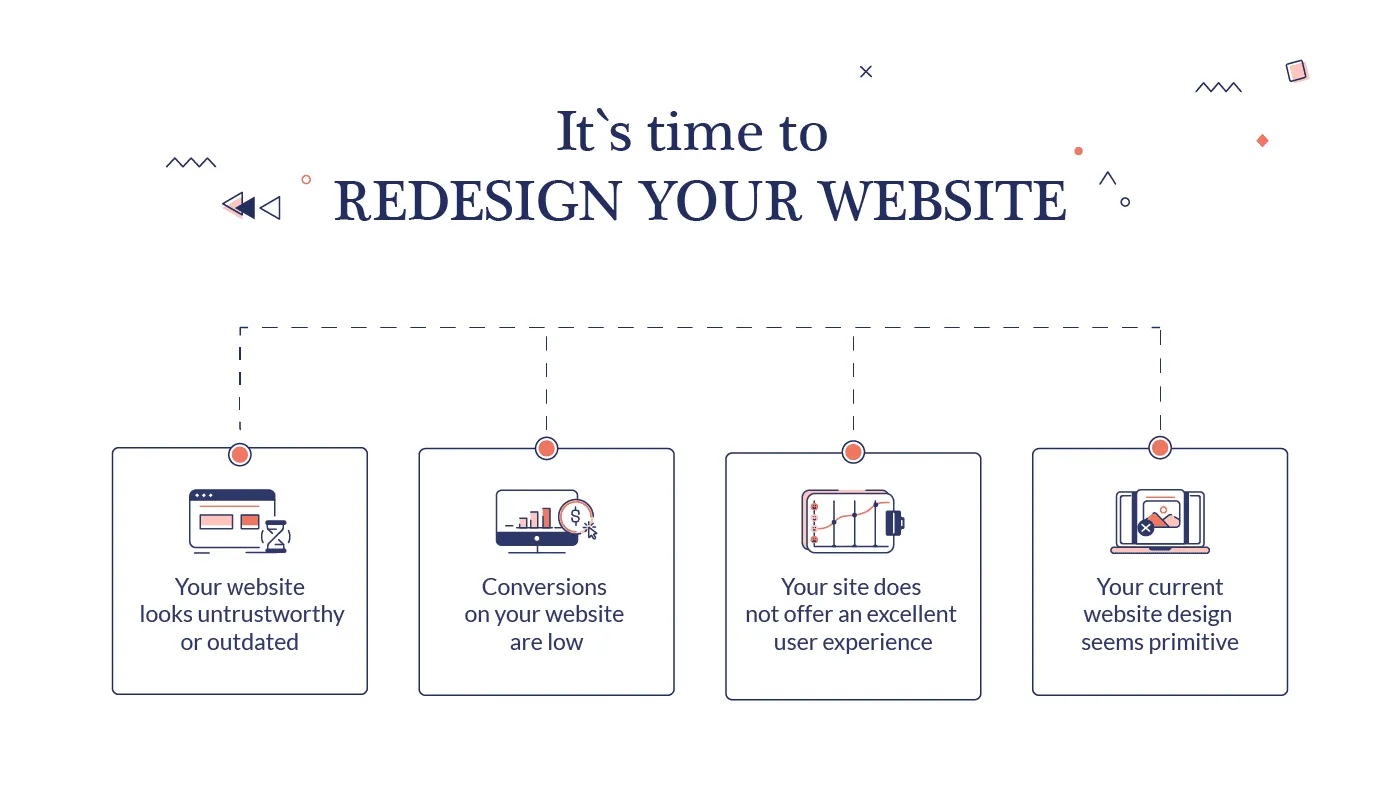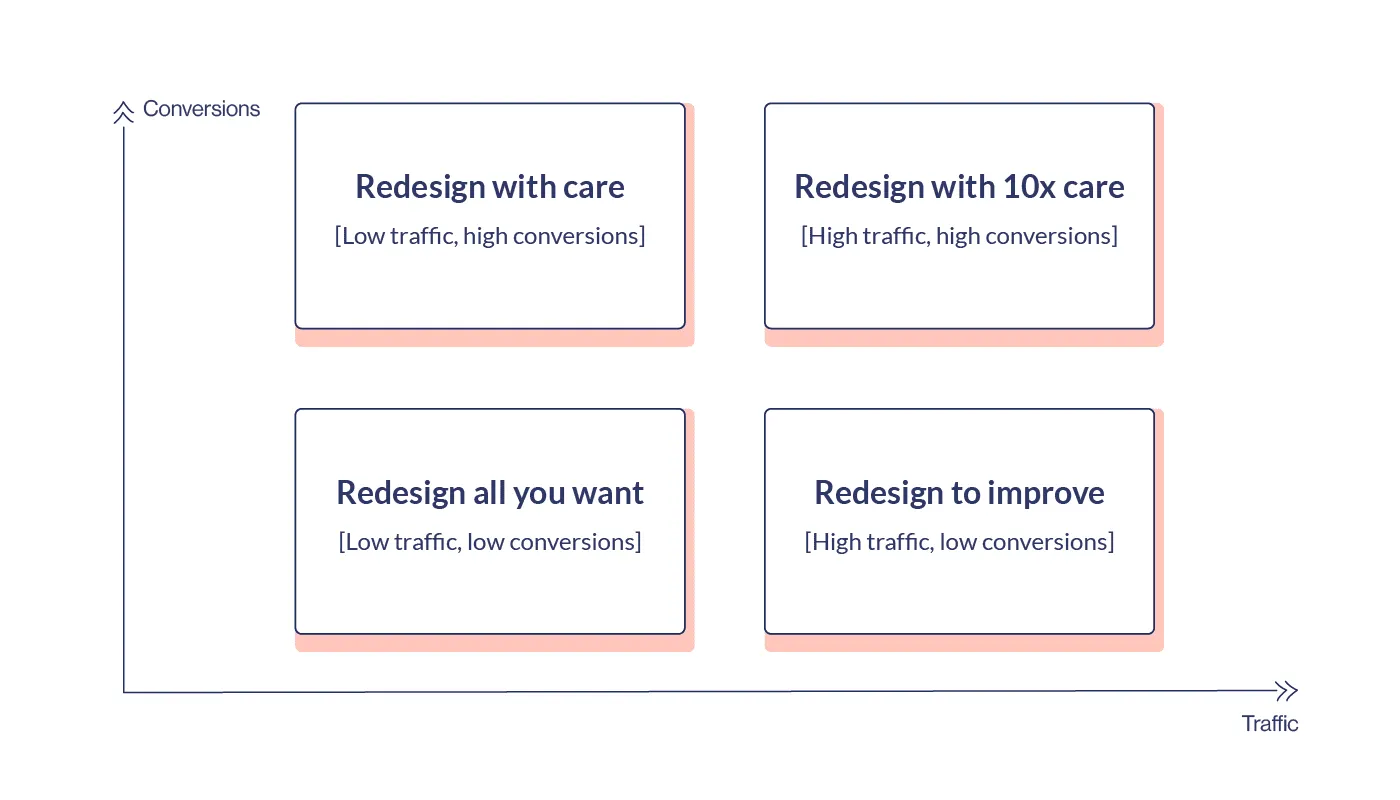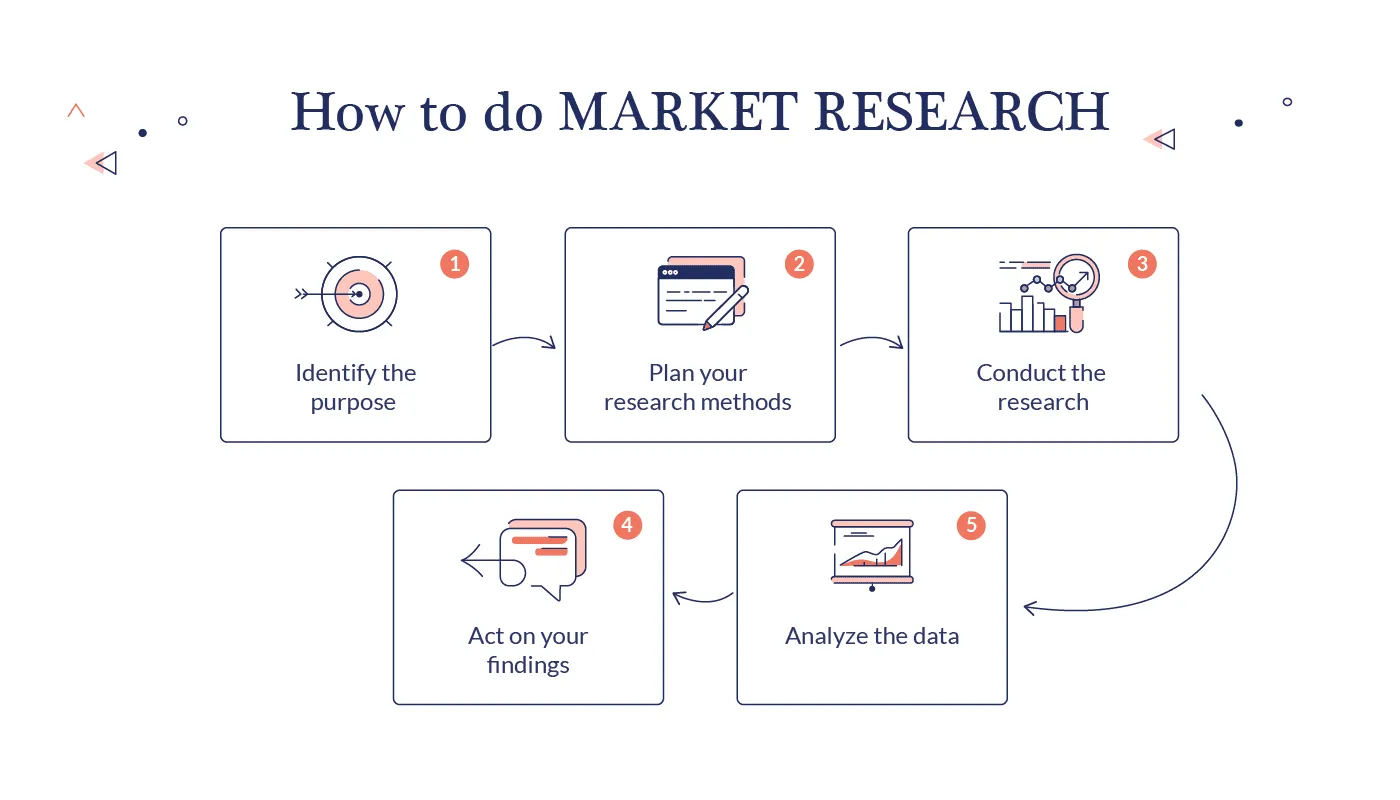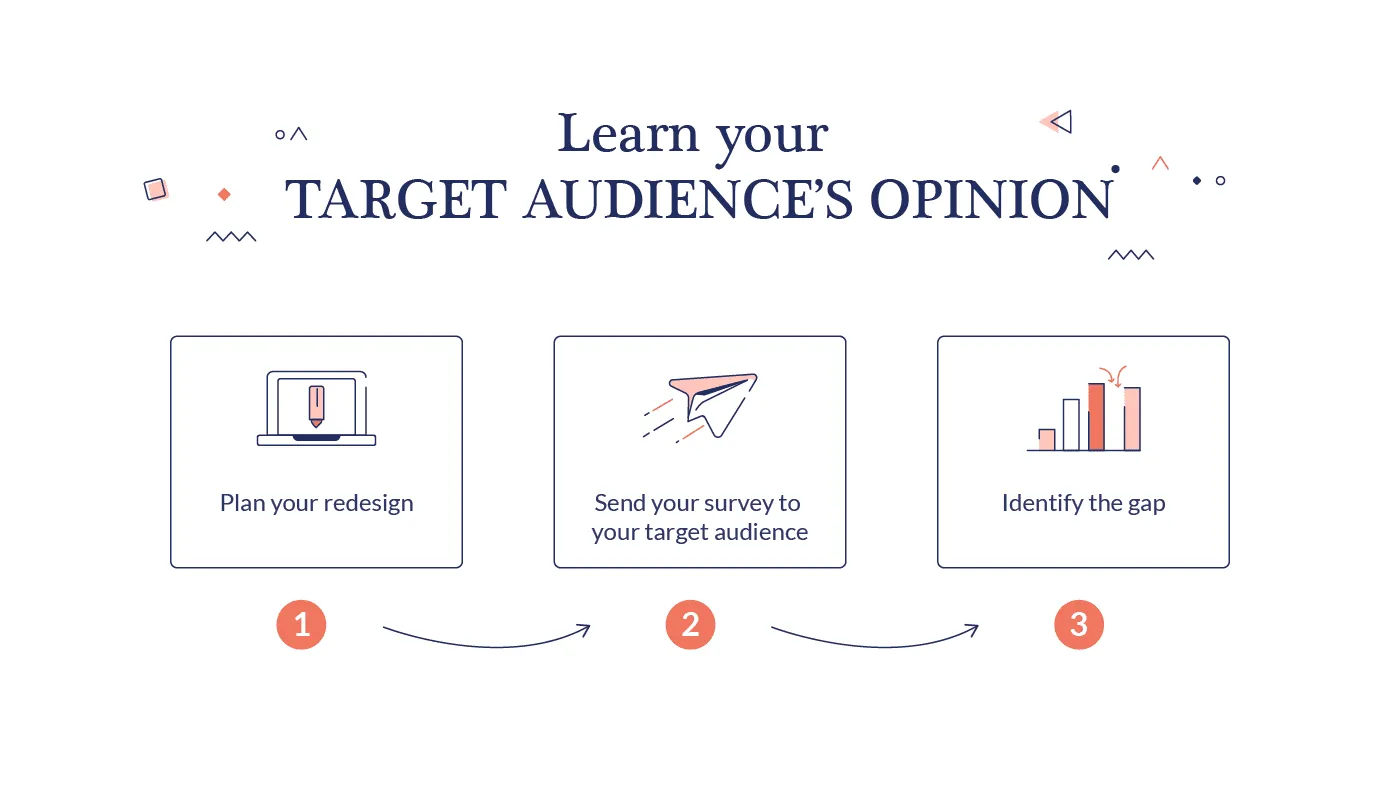When it comes to creating an explainer video for your business, cost is always a top consideration. In this blog post, we’ll break down the average costs associated with creating an explainer video and tips on how to keep those expenses down.
Web technologies are changing every day. The website’s relevant and user-friendly design five years ago is already considered outdated and uncomfortable for customers. When it becomes necessary to redesign a website, an entrepreneur faces some questions:
- How not to lose regular customers?
- How to make the site as user-friendly as possible?
- What needs to be done for a comfortable transition to a new design?
A website redesign is a voluminous and responsible task, and before performing it, you need to perform a number of essential steps, which we will discuss in this article.









